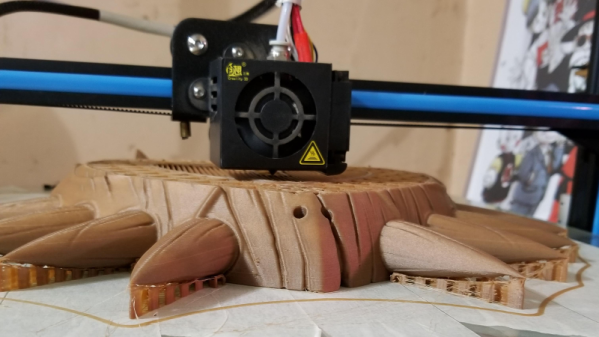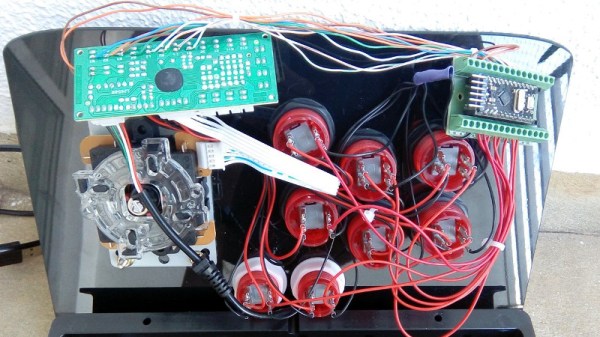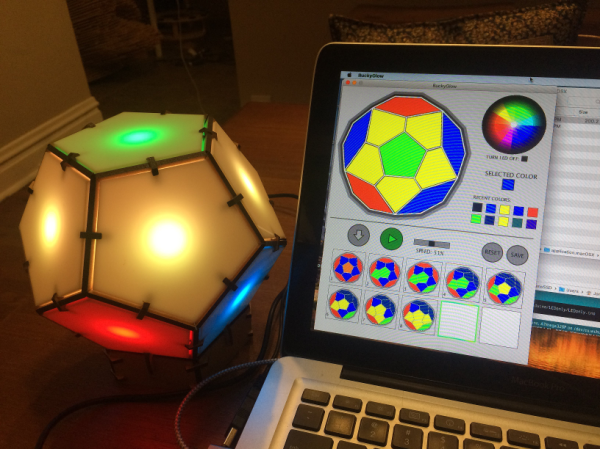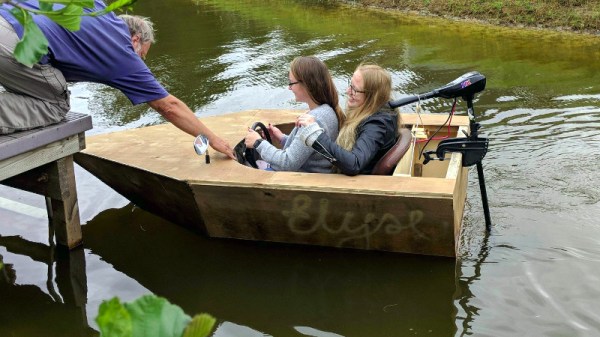Toast falls face down. Your car always breaks after the warranty period. A 3D print only fails after it is has been printing for 12 hours. Those things might not always be true, but they are true often enough. Another pessimistic adage is “no good deed goes unpunished.” [Shippey123] did a good deed. He agreed to make a 3D printed mask for his friend to give as a gift. It was his first print he attempted for someone else after about four months’ experience printing at all. After 20 hours of printing, he noticed the head was moving around in the air doing nothing — a feeling most of us are all too familiar with. But he decided not to give up, but to recover the print.
Luckily, he’s a CNC machinist and is perfectly capable of reading G-code. The first thing he did was to shut everything down and clear the head. Then he rehomed the printer and used the head to determine what layer the printer had been working on when it failed. He did that by moving over a hidden part of the print and lowering the head by 100 microns. Then he’d move the head a few millimeters in the X direction to see if the head was touching.

















